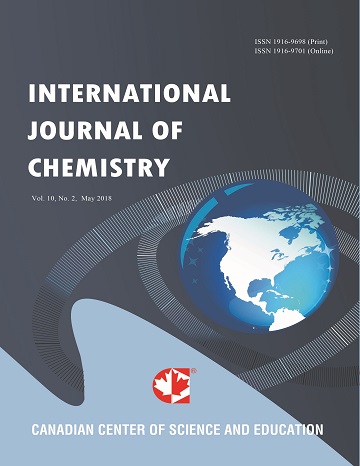Ionic Buswell’s Equation for Biohydrogen
- Pong Kau Yuen
- Cheng Man Diana Lau
- Kuok In Gabriel Yuen
Abstract
Molecular hydrogen (H2) can be generated by thermochemical, electrochemical, photochemical, or biochemical methods. Biohydrogen, specifically, can be produced by biochemical methods such as dark fermentation and two-stage anaerobic digestion, which may be represented by Buswell’s equation. Although the molecular Buswell’s equation for biohydrogen has been explored, the study of ionic Buswell’s equation for biohydrogen has rarely been considered. This article shows that an ionic Buswell’s equation for biohydrogen can be balanced and deduced by the proton method when an empirical formula of organic matter is given. The relationships between the mean oxidation number of organic carbons, number of transferred electrons, and quantity of biohydrogen are established. Furthermore, using the mean oxidation number of organic carbons as a metric, the number of transferred electrons, quantity of biohydrogen, ratio of quantity of biohydrogen to quantity of organic carbons, and theoretical biohydrogen potential can be determined through the derived mathematical equations by any given empirical or structural formula.
- Full Text:
 PDF
PDF
- DOI:10.5539/ijc.v16n2p62
Index
Contact
- Albert JohnEditorial Assistant
- ijc@ccsenet.org
